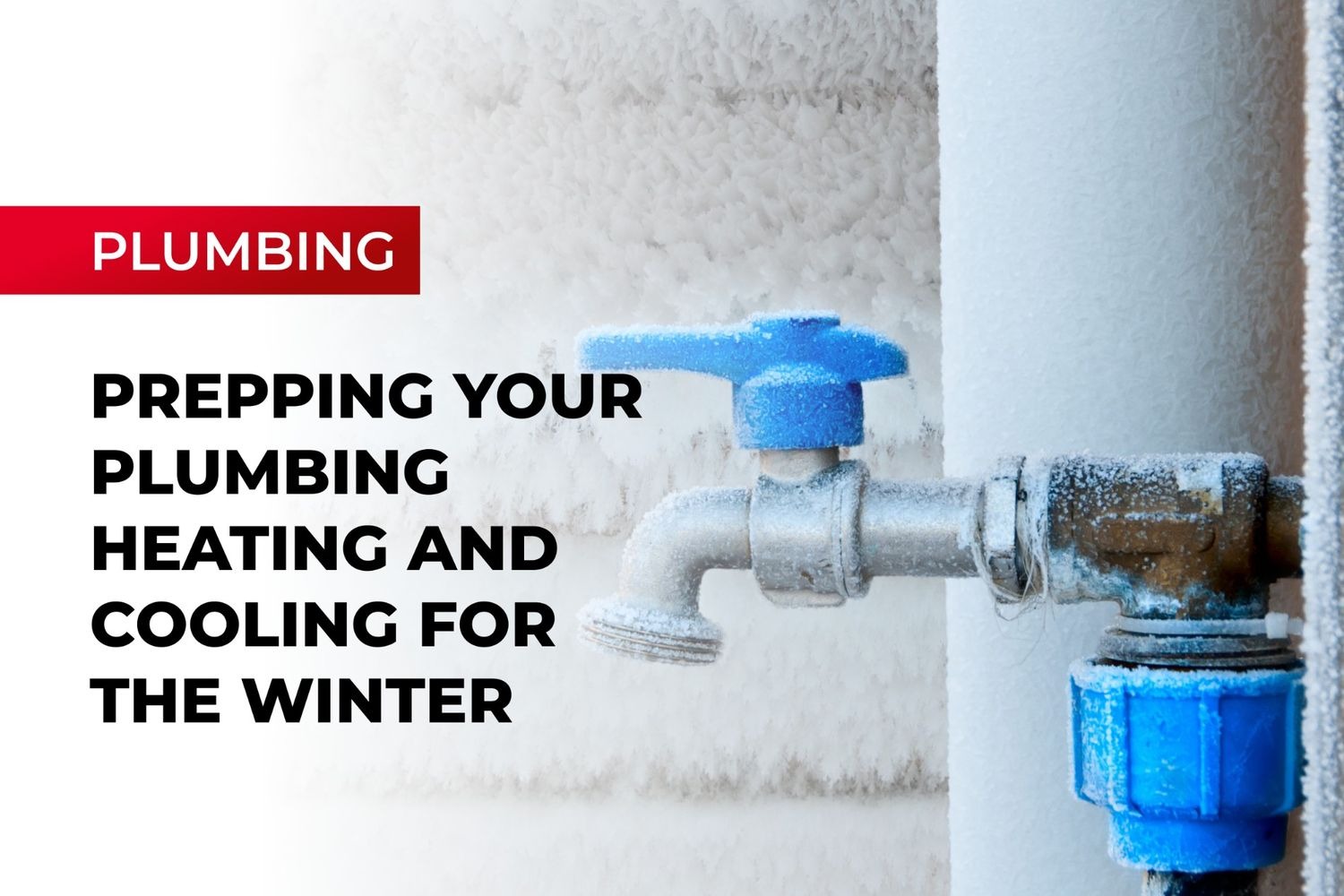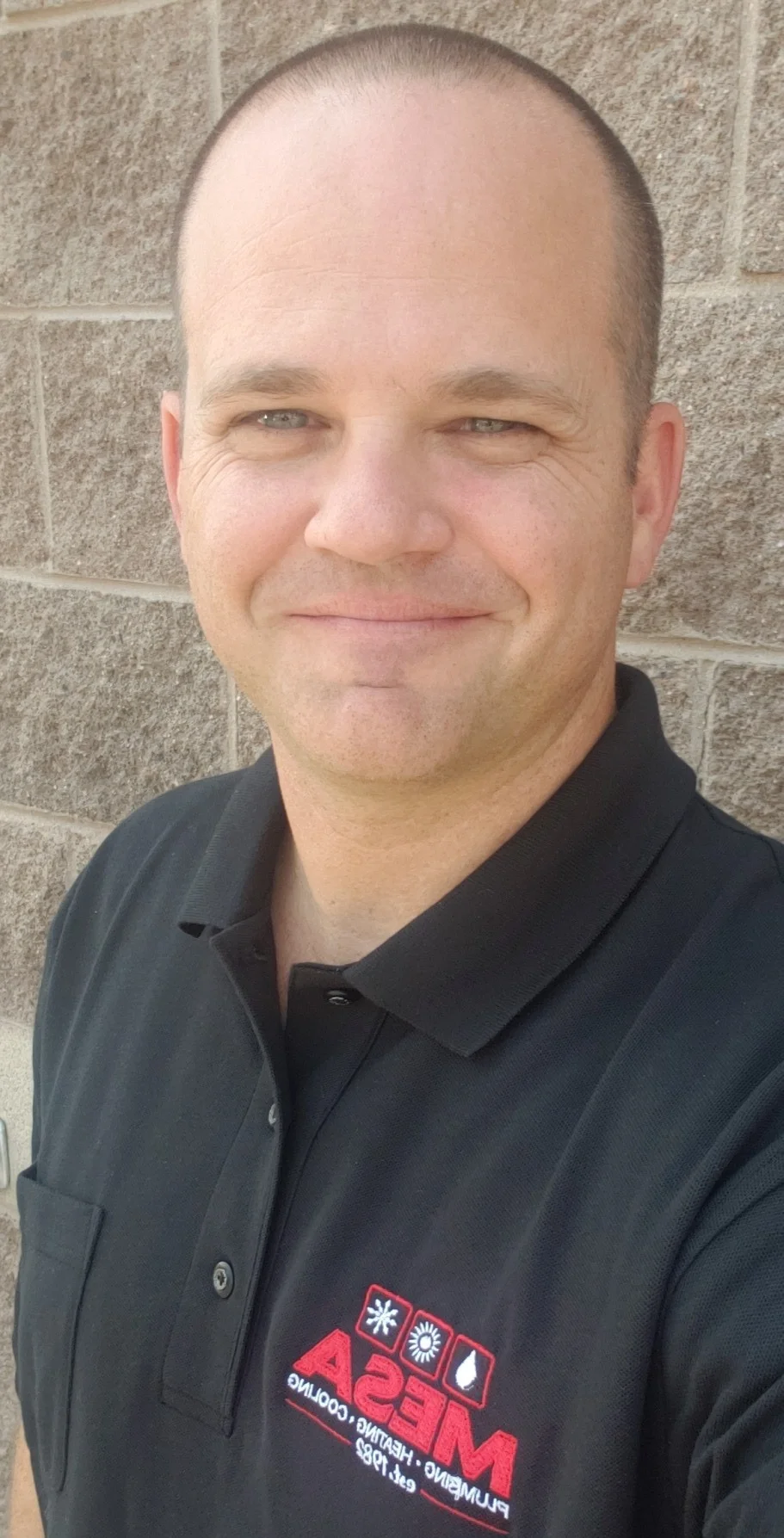As the leaves begin to fall and the air becomes chilly, it’s time to start thinking about preparing your home for the winter months. Taking some time to inspect and maintain your home’s plumbing, heating and cooling systems can save you from costly repairs and headaches down the line. In this blog post, we’ve compiled a quick and easy checklist to help you get your home ready for the winter cold.
Heating System Checklist
Before the winter season starts, it’s essential to test run your heating system. Turn the thermostat to heat mode and set it to 80 degrees for testing purposes. Within a few minutes, you should hear the furnace turn on and warm air blowing out. If everything seems okay, set the thermostat back to its normal setting. If the heating system isn’t running correctly, try diagnosing the problem by referring to the gas furnace troubleshooting guide. If it’s a minor issue, you may be able to fix it yourself. However, for major problems, it’s best to call a qualified service technician.
Seasonal maintenance is critical for your heating system. You can either have a service technician check your furnace or do it yourself. Replace the air filter with a clean one, and if you have a propane or oil furnace, make sure to have your fuel storage tank topped off and ready to go. Clear any obstacles around heating vents so that air can freely flow, and check for carbon monoxide leaks. Carbon monoxide is a silent killer that can easily be detected using an inexpensive test badge or battery-operated alarm.
Cooling System Checklist
The condensing unit outside your home also needs some attention as winter approaches. It’s one of the most neglected components of a cooling system. Clean the condensing unit of debris using a hose with the spray head set to “jet” or the highest pressure available. This will ensure that the fan blades and condensing coils are clear of debris and dirt. Cover the condensing unit to protect it from the elements. Wet leaves and debris can contribute to rusting and freezing of internal components. Although these units are designed for outdoor use, covering them with a breathable waterproof cover specifically made for that purpose can significantly extend the life and efficient performance of the unit
Plumbing Checklist
Plumbing is particularly susceptible to cold weather and freezing. Burst pipes from freezing can cause some of the most expensive repairs in the home. Insulate any exposed water or drain piping in uninsulated spaces such as a crawlspace, attic, or outside walls with foam insulation at a minimum. Ideally, wrap them with electrical heating tape first, then insulate them.
Exterior faucets, also known as hose bibbs, need to have their water supply turned off inside the house. Drain water from the faucet by opening the exterior faucet, and consider using an insulated cover for the hose bibb. Disconnect garden hoses from the sill cocks or outside faucets and drain them if you store them outside. If you’re shutting down a property for several months, shut off the water supply and drain the plumbing system. If a leak were to occur without occupancy, the damage could be catastrophic.
CONCLUSION:
In conclusion, taking some time to inspect and maintain your home’s plumbing, heating and cooling systems can save you a lot of trouble and money in the long run. By following this quick and easy checklist, you can ensure that your home is ready for the winter cold. Remember to test run your heating system, clean the condensing unit of debris, and insulate any exposed piping. Don’t forget to shut off the water supply and drain the plumbing system if you’re shutting down a property for several months. With these simple steps, you can enjoy a warm and cozy winter in the comfort of your own home.
You can always submit a service request on our Home Page.



